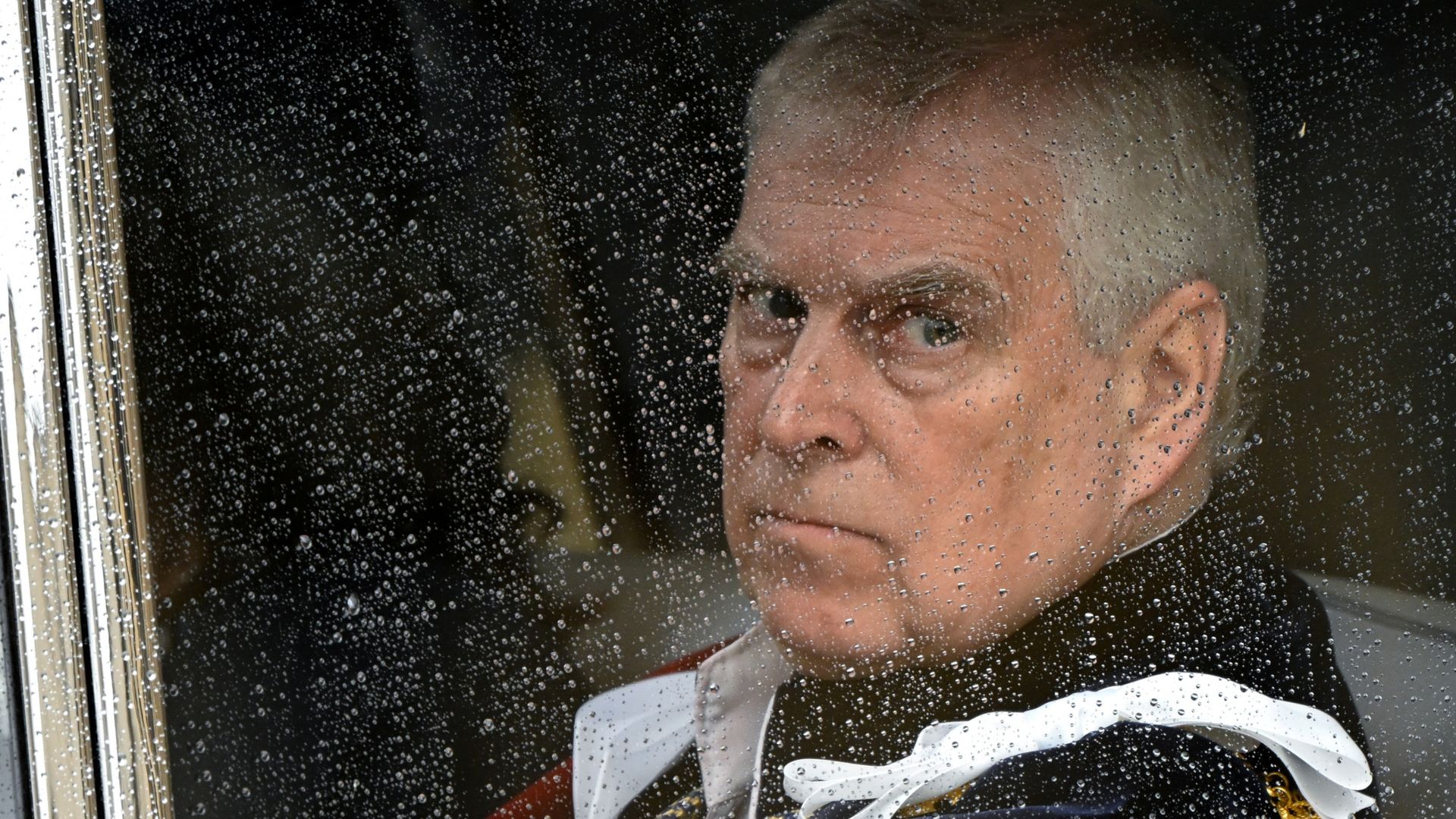
The Petawawa River is one of the most renowned canoe tripping rivers in Canada. Most of the river is located in Algonquin Provincial Park in north central Ontario, the oldest provincial park in Canada.
Famous for its exciting whitewater and spectacular beauty, the remote waterway has a rich logging history. The Petawawa derives its unusual name from Algonquian for “where one hears a noise like this,” probably referring to the many rapids.
While vaguely familiar with the Petawawa, I never expected to paddle it. Then last December, I received an unexpected Christmas email from longtime friend Bill Blauvelt. He and his wife Sally were organizing a Petawawa River trip for this September and I was invited. I readily accepted the welcome invitation.
The logistics for a Petawawa trip were daunting. Camping reservations were required in the various zones on the river, but not for specific sites, which are filled on a first-come first-served basis.
Shuttle arrangements must be made for the isolated access points. The upper levels of the Petawawa are generally too low to run late summer so our plan was to begin at Lake Travers, a five-day trip. Bill did an amazing job of organizing the entire adventure.
The drive from central Maine to the Petawawa was about 10 hours (add two hours if you got lost in Montreal, which we managed to do). Six of us met at the bustling village of Petawawa on a cold blustery day.
Paddlers consisted of Bill and Sally in a tandem canoe, Pat Hamlin and Eggman DeCoster maneuvering solo canoes and Ken Gordon and me navigating expedition kayaks.
With the exception of Pat, all of us are Chowderheads with the Penobscot Paddle & Chowder Society.
Despite stormy weather immediately before the trip, the forecast was exceptional for our five-day excursion, calling for hot, sunny weather, light winds and negligible precipitation. Blackflies were a concern. Bill and Sally packed a screen tent for protection from the menaces should they appear.
On the drive to the put-in, we stopped at Algonquin Outfitters, where final shuttle arrangements were made and Pat rented a canoe. Our vehicles would be waiting for us at the takeout. Ominously, blackflies were a nuisance in the parking area. We received great news when signing into the park; no other paddlers were expected on the river — that meant no vying for campsites.
The long drive on quality dirt roads to the launch area on Lake Travers was uneventful. The lake was stunningly beautiful. No blackflies were noted when loading our boats. The lake was mirror calm when we embarked traveling north.

After paddling past a large island, the lake narrowed and we began searching for a campsite. Benefiting from the luxury of no competition, we inspected four potential sites before selecting an expansive island site that had a magnificent view facing south — and no bugs.
Dense fog and cool temperatures greeted us in the morning. We lingered until the fog lifted and another glorious day ensued.

Soon after we departed, the lake narrowed and the river began. Three miles of flatwater brought us to the first whitewater on our journey, Big and Little Thompson Rapids.
Unsure of what to expect in terms of difficulty, we scouted Big Thompson from a portage trail on the right. Identifying no serious difficulties, we descended down the middle in loaded boats avoiding ledges on the left and sticky holes on the right.
Rated Grade 2, from river level Little Thompson appeared to be a straight-forward plunge down the right side in feisty waves. But when entering the moderately steep pitch, we found it to be more complex than anticipated.
Everyone did fine but the canoes took some water over the gunwales.T his was a wake-up call as it appeared Grade 2 did not directly correlate with the more familiar Class II rating we use.
Around the bend, we passed a busted blue canoe on the shore. It’s likely someone experienced a mishap in one of the Thompson Rapids.

Flatwater and quick water continued for several miles until we found a campsite on the river, a short distance above the beginning of Grillade Rapid. We settled in anticipating that several difficult rapids would make the following day the most challenging of the trip.
My book, “Maine Al Fresco: The Fifty Finest Outdoor Adventures in Maine” narrates the six best river trips in Maine.











